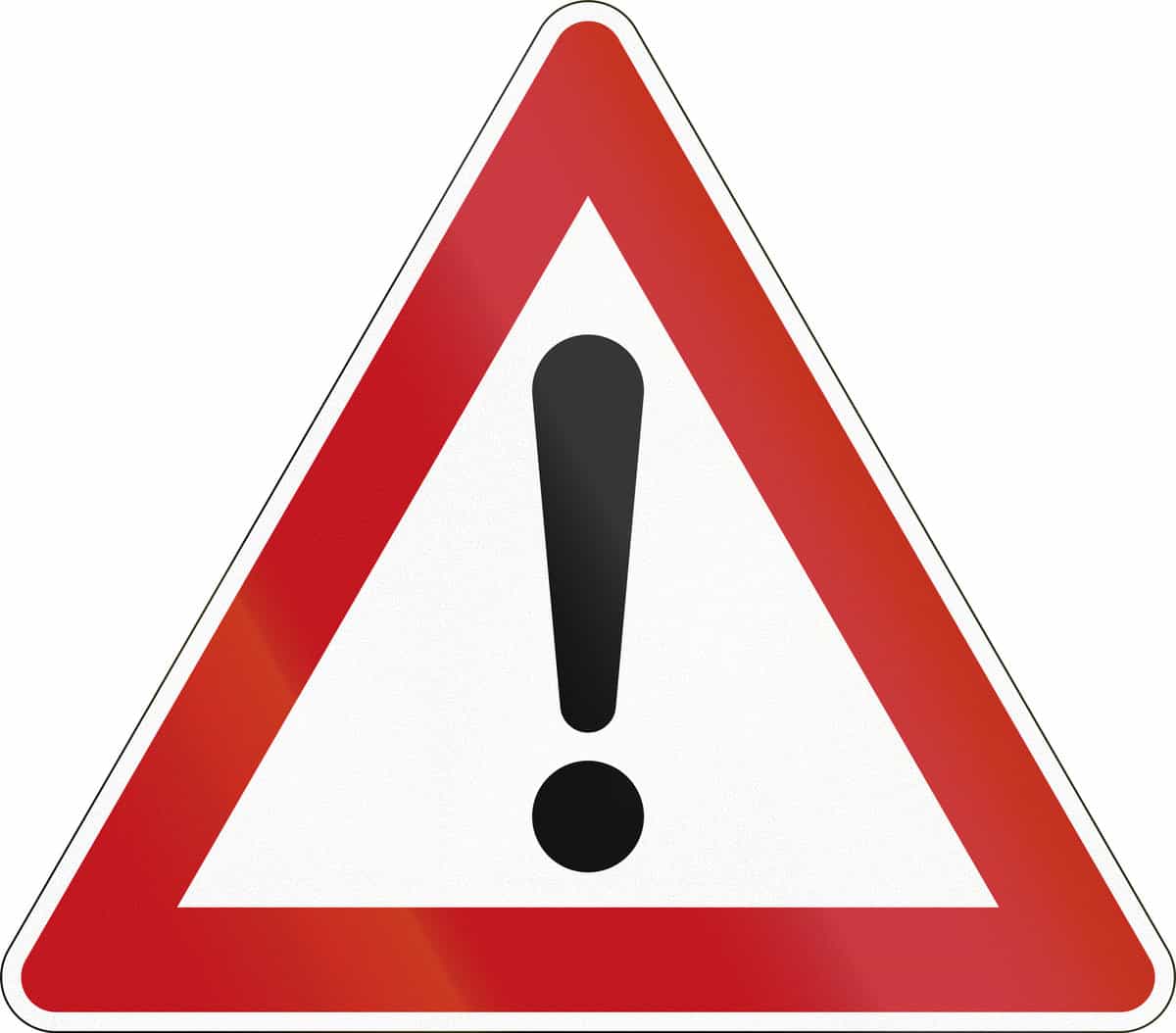 You’ve got the video conferencing set up, your team has somewhere to share documents, and they’ve got access to a chat app. Collaboration should be a breeze, right?
You’ve got the video conferencing set up, your team has somewhere to share documents, and they’ve got access to a chat app. Collaboration should be a breeze, right?
So why do you get the feeling that something isn’t working? Effective teamwork takes time and effort, and the payoff is huge. Here are 5 signs that your team isn’t collaborating effectively so you can get everyone back on track.
1. Decisions take a long time
How long does it take to get a decision? You probably can’t put an exact number of days on it, but you’ll know whether decisions take a while. The longer it takes to get a decision, the more likely it is that collaboration isn’t working for you.
Decision-makers like to have the right amount of information before they sign off on the next steps. If they don’t have access to that information, they’ll ask for it. Then someone has to pull a report, add a view to their dashboard, or find the data. You’re starting the decision-making process from scratch each time, as each new piece of information provides new context and could fundamentally change the outcome.
Getting access to that information means finding the people who have it, extracting it from them or the system they own, and then presenting it up the chain again. Teams that collaborate well could do this in a few clicks, or a single phone call. Teams without collaboration tools to support their work could find themselves going round in circles looking for the elusive information that will make the difference between a ‘yes’ or ‘no’ decision.
Slow decision-making affects time to market, puts projects on hold until the team knows what direction they should take.
2. There are frequent miscommunications
Your team is split over several locations, whether that’s working at home, in different offices in the same city or across multiple states or countries. Or perhaps you have a group of employees who are frequently on the road. It’s important that your virtual team has a common understanding of priorities and tasks.
However hard you try, there always seem to be miscommunications. Someone doesn’t get the memo; someone’s always two steps behind. At best, miscommunications are a source of frustration. At worst, they cause conflict and impact client satisfaction. Customers won’t tolerate a mixup more than once or twice.
Priorities change at short notice, and it’s important that everyone has access to up-to-date, accurate information at all times or your business will stall.
3. Tasks have to be done over
Another warning sign for poor collaboration in the team is that tasks have to be done again because they weren’t properly completed the first time. A crucial piece of information was missed out, or someone who needed to review the end product wasn’t included in the approvals process.
This adds time and cost to completing work, not to mention the impact on staff morale when you tell a colleague they need to do it again. If you can’t pass those delays and budget increases on to the client, then your business will have to absorb them. This impacts your profitability. The same applies even if you are working on an internal project. Your department’s budget is going to take a hit if you need to spend time doing tasks again to get them right.
Collaborative teams work together to get tasks done correctly the first time.
4. There’s no creativity
The spark has gone. People are doing their work and it’s a good quality, but you sense that the creativity has been sucked out of the team. Nothing feels fresh and new.
People are at their most creative when they can pour their energy into free thinking, unburdened by worries over whether their last chat message was received or whether a colleague is working on the latest version of the document.
Tools that help teams work together on problems, even if they aren’t co-located in the same building, are crucial if you want to bring creativity back to work. Tools need to be easy to use and reliable: no one is going to feel the creative buzz if they are struggling to log in.
5. People feel frustrated
People won’t tell you they feel frustrated, but you should be able to pick up on those feelings.
Your team comes into work wanting to do a good job, and if your systems and processes stop them from doing the best they can, they’ll be irritated. The long-term impact of feeling exasperated every time you try to do something is that they’ll quit to work somewhere that is set up for them to be successful.
You know how much it costs to recruit and onboard a new hire, not to mention the impact on team productivity as the new starter gets up to speed with their projects. Better collaboration has a tangible impact on employee satisfaction and retention. People want to do a good job for you, for customers and for the business.
Are you ready to address the challenges of poor collaboration in your team? Learn how to improve project collaboration and increase visibility in our on-demand webinar.
For additional tips and insights about project, program and portfolio maturity, consider these additional resources:
- Eclipse Webinar On-Demand: Improve Project Visibility and Collaboration with Eclipse PPM
- PMO Toolkit, our guide to help you identify the strategies, processes, and software needed to establish and mature a successful PMO.

